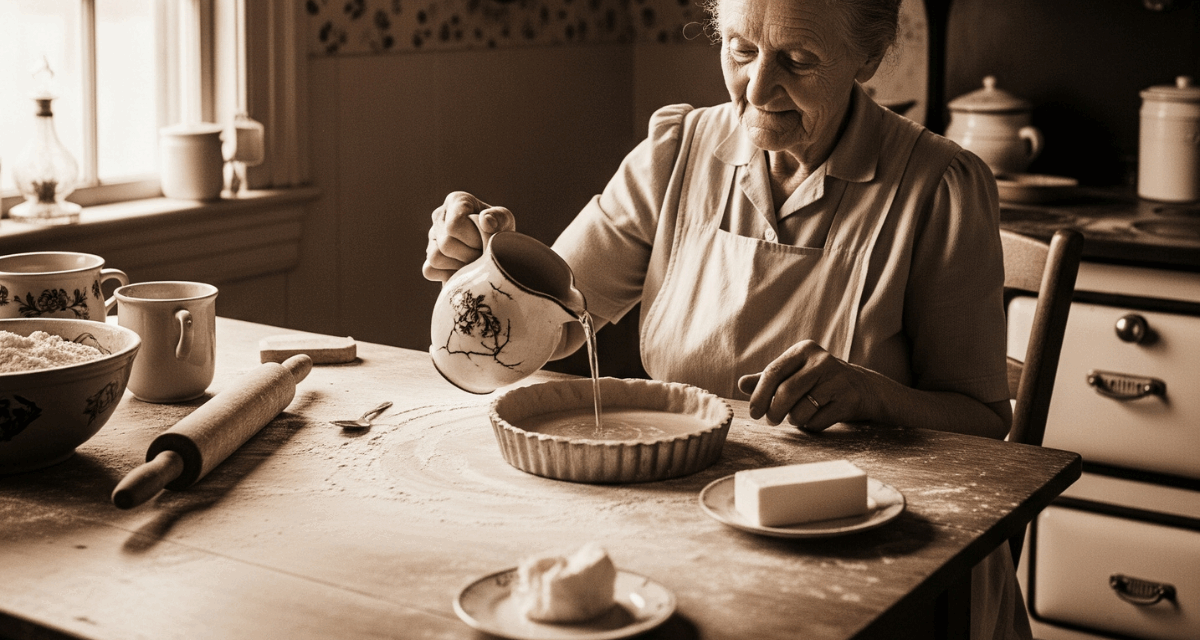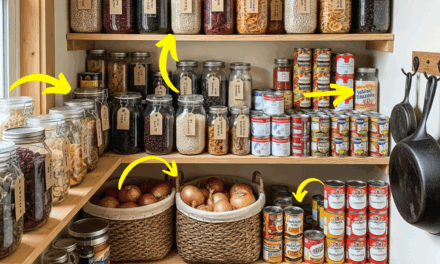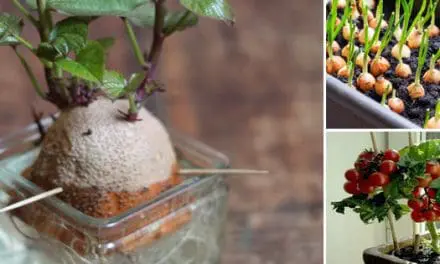Grandma’s $1 Water Pie, also known as Depression Era Pie, is a simple recipe that has often been passed down generation after generation with absolutely no need to alter. Despite the fiscally and emotionally challenging times during the Great Depression, the lady of the house still found ways to give a little sweetness and joy to her loved ones.
It is a reminder of the resilience and determination of our ancestors, that we can easily learn how to make and enjoy sharing both now, and during the next wave of hard times that may just be lurking around the corner.
Origins of $1 Pie
During the Great Depression, families had to search for innovative ways to stretch their limited resources and make do with what little they still had. This hard fact of life led to the creation of many simple and low-cost recipes that could still provide nourishment and a measure of comfort for struggling families.
⇒ This Is The ‘Superweed’ That Saved Large Communities During The Great Depression
In general, pie recipes were popular during the Great Depression because they could be made with minimal ingredients and still provide a satisfying and comforting meal. Water pie became a staple in many households, offering a taste of sweetness and normalcy during a time of great upheaval.
The Amish had their own take on this kind of resourceful dessert: the molasses pie. Just like grandma’s water pie, it relied on pantry staples that were easy to store and inexpensive to buy. Flour, sugar, and molasses came together to create a sweet, rich filling without the need for eggs, milk, or fresh fruit. For families facing hard times, these pies were lifelines.
That made it a practical choice not only in the 1930s, but also for anyone today looking to cook from their pantry during a supply shortage, a power outage, or simply to save a trip to the store. And you can try to make it yourself using the step-by-step recipe that you will find here.
$1 Pie Ingredients
The essential ingredients for Grandma’s $1 Depression Era Water Pie Recipe are likely already in your pantry and are readily available for a nominal price at your local grocery store.
2 Teaspoons Vanilla Extract: Adds a rich and aromatic flavor to the pie.
9-inch Pie Crust: Use a deep-dish pie crust for the best results. You can make your own crust or use a store-bought one. It is important to bring the pie crust to room temperature before using it in the recipe.
4 Tablespoons of Flour: Any variety will do, but most folks use white all-purpose
1 Cup of Sugar: a little touch of sweetness goes a long way in this recipe.
5 Tablespoons of Butter: and by butter, I mean BUTTER, and not that one ingredient away from plastic margarine stuff.
1 1/2 Cups of Water: lukewarm works best.
Depression Pie Directions
1. If using a store bought pie crust, make sure to thaw and prep it as the instructions indicate before preparing to make the pie. A frozen crust ( either homemade or store bought) will require about an hour or so to thaw to room temperature.
2. Measure and pour the flour and sugar into a mixing bowl and combine with your fork or a spoon.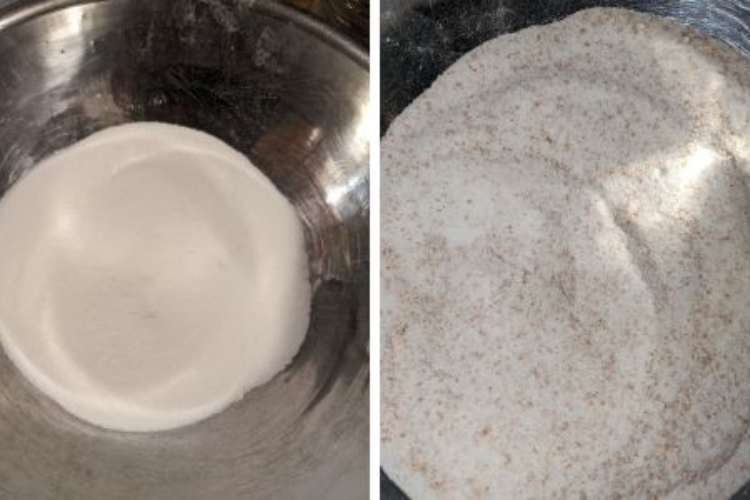
3. Measure and pour the water directly into the pie crust.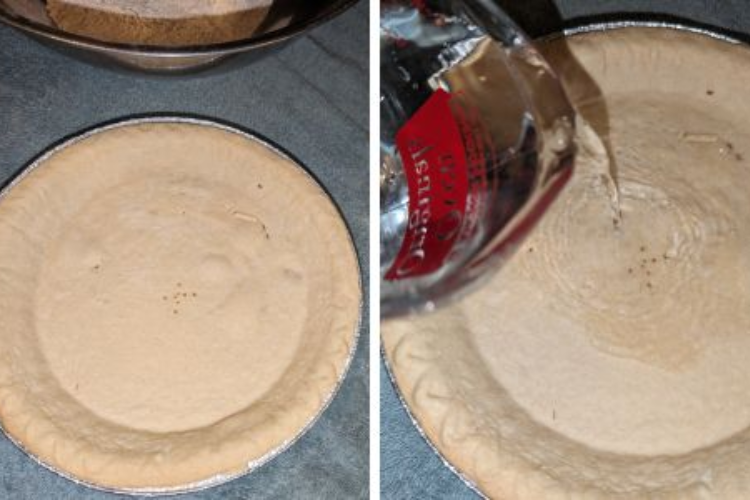
4. Sprinkle the flour and sugar mixture over the pie crust, adding evenly throughout the pie.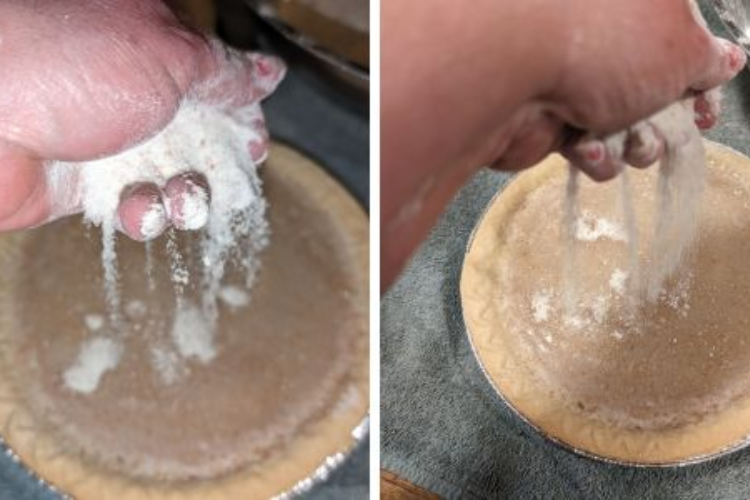
5. Drizzle the vanilla extract evenly over the pie.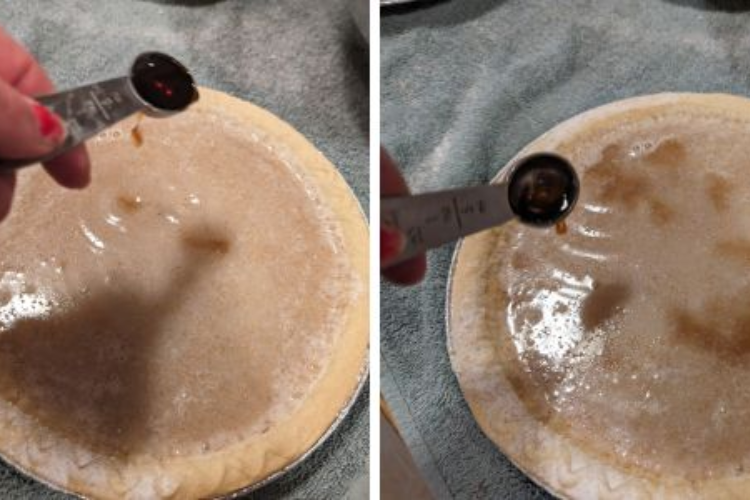
6. Cut the pads of butter and float them on top of the pie.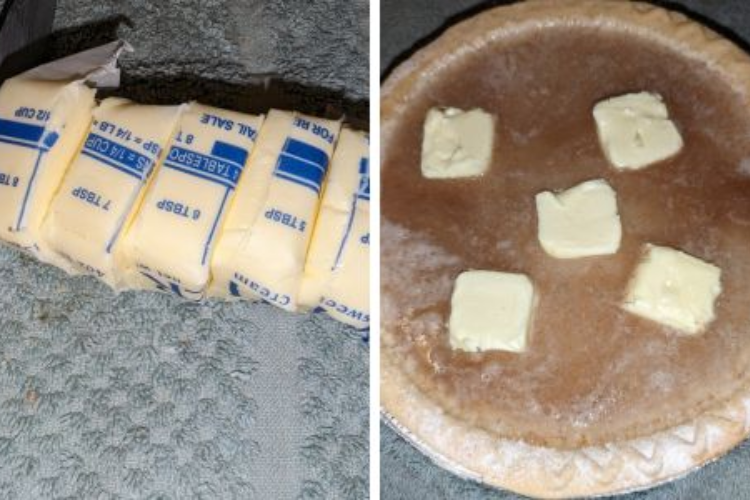
7. Place the pie on a baking sheet and move it to the oven – carefully so you do not slosh out all of the water and ingredients floating in or on it. Bake it for 30 minutes at 400 degrees.

Adjustments for Modern Ovens
Modern ovens may have different heat distribution and temperature settings compared to the ovens used when Grandma’s $1 pie was created during the Great Depression. It’s important to make a few adjustments to ensure the perfect Water Pie in a modern oven.
When baking the pie, keep a close eye on the crust to prevent it from burning. If the crust starts to brown too quickly, cover the edges with aluminum foil to protect them from excessive heat.
If the oven even isn’t an option (whether the power’s out, fuel’s scarce, or you simply don’t want to heat up the kitchen), there’s also a way to bake it without fire, fuel, smell, or smoke. The design is simple enough to build in a single afternoon, yet it can quietly cook pies, bread, and stews even in the middle of a blackout. I keep mine ready because when a crisis hits, it’s too late to start looking for the instructions. You can get the full plans and materials list I used from here.
⇒ How to Build the Oven That Cooks Without Fire, Fuel, Smell, or Smoke
Storing and Preserving Water Pie
After the pie has cooled completely, cover it and place it in the refrigerator for several hours before cutting. This allows the filling to set properly and develop its creamy texture.
You can store any leftover pie in an airtight container in the refrigerator for up to four days. Make sure to keep the pie cool at all times to maintain its freshness and quality.
If you want to freeze the pie for longer storage, make sure it is completely chilled before wrapping it tightly in plastic wrap and then placing it in a freezer-safe container or bag. The pie can be frozen for up to three months. When ready to serve, thaw the frozen pie in the refrigerator overnight.
The Amish, who still bake pies much like families did in the Great Depression, often keep them in cool cellars or ice houses instead of modern refrigerators. Some even use simple Amish fridges, insulated wooden boxes or springhouses that stay naturally cool year-round. In a crisis where power’s out, the same principle applies: store your pie in the coolest, most shaded spot you have, like a basement, root cellar, or even a covered box outdoors in cold weather. I first learned about all of these from the Amish Ways book, and putting these ideas into practice completely changed how I do things around my homestead.
Depression era recipes offer valuable lessons that can be applied to our lives today. It teaches us the importance of resourcefulness, creativity, and making the most of what we have.
These kitchens of generations past also emphasizes the value of simple and affordable recipes that can still bring great joy and comfort to our lives, offering a brief respite from whatever is going on in the outside world – making it also a superb morale booster item during a long-term disaster too.
20 Wild Plants That Kept Our Grandparents Alive During The Great Depression (Video)
20 Grandma’s Depression Foods We Will Need Soon

